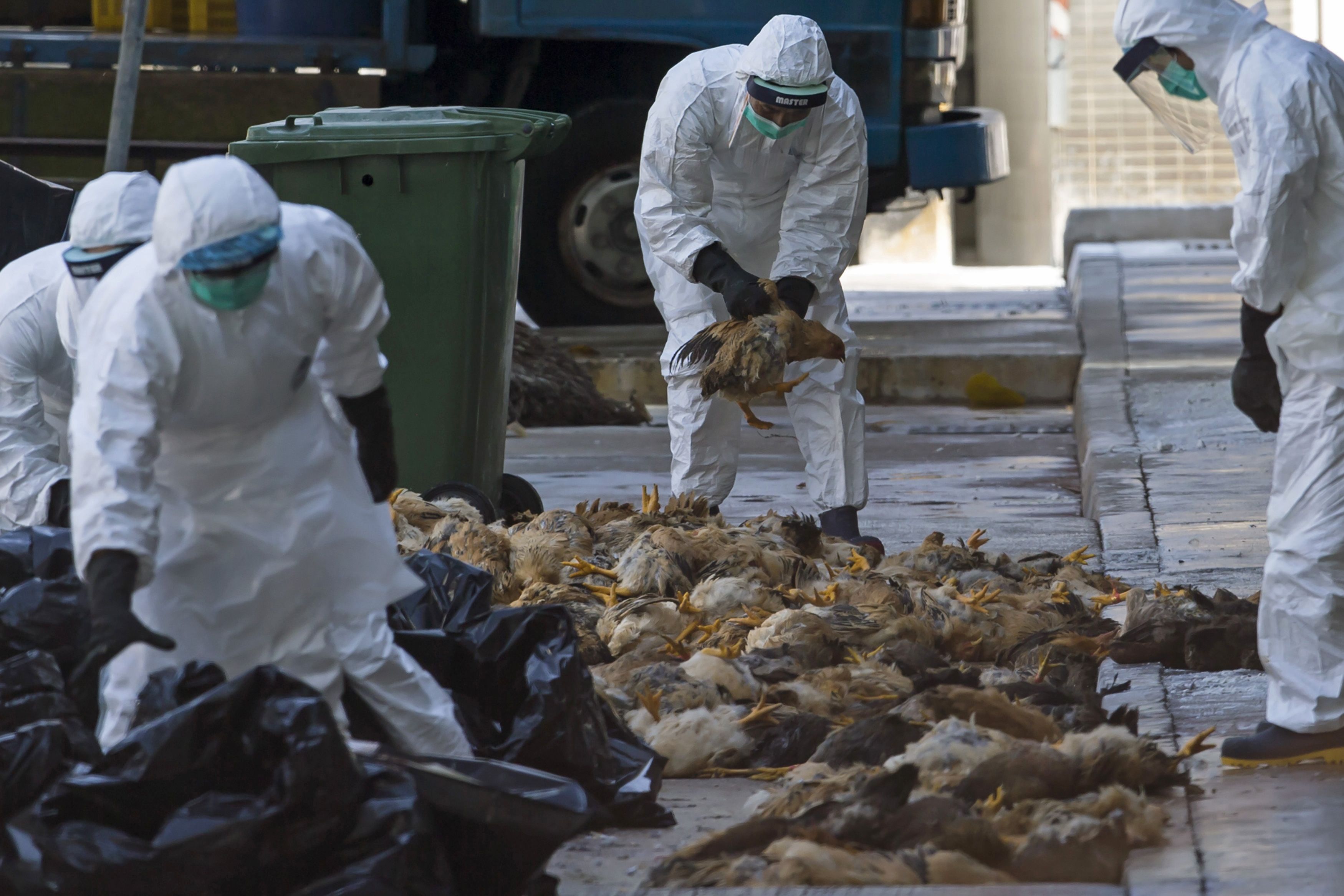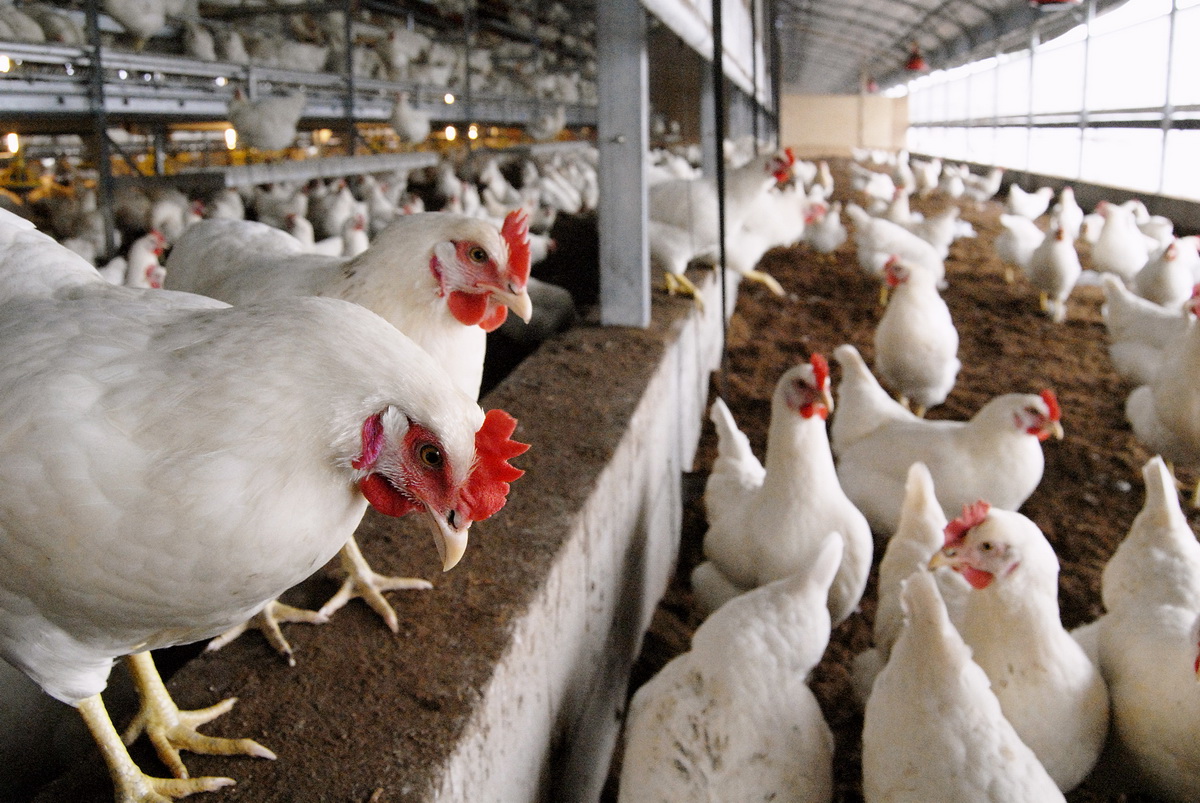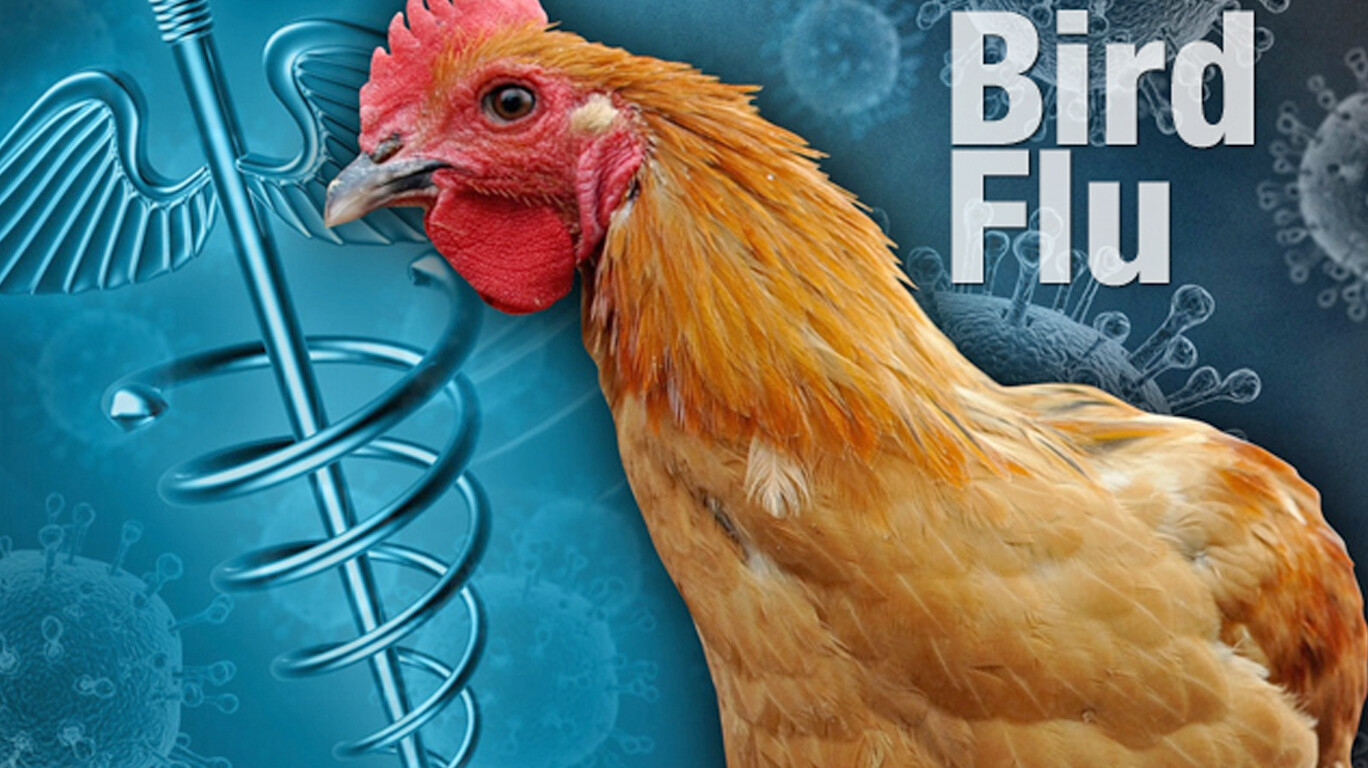Bird flu, a highly contagious viral infection, poses significant risks to both poultry and human health worldwide. Understanding its transmission, symptoms, and preventive measures is crucial for mitigating its impact.
Caused by influenza A viruses, bird flu affects both domestic and wild birds. The virus can spread rapidly through direct contact, contaminated surfaces, or migratory birds, leading to severe illness and even death in poultry. Human infections, though less common, can occur through close contact with infected birds or their secretions.
Definition and Overview: Bird Flu

Bird flu, also known as avian influenza, is a highly contagious viral infection that affects birds. It is caused by viruses belonging to the family Orthomyxoviridae, genus Influenzavirus A, and can be further classified into different subtypes based on the hemagglutinin (HA) and neuraminidase (NA) proteins on the surface of the virus.
Types of Bird Flu Viruses
There are numerous subtypes of bird flu viruses, each characterized by a unique combination of HA and NA proteins. Some common subtypes include:
- H5N1: Highly pathogenic and can cause severe disease in poultry and humans.
- H7N9: Another highly pathogenic subtype that has caused human infections in China.
- H9N2: Low pathogenic and commonly found in poultry, but can occasionally infect humans.
Transmission and Spread
Bird flu, also known as avian influenza, is primarily a disease of birds. It can spread between birds through direct contact, contaminated feces, or respiratory droplets. The virus can also be transmitted to humans through contact with infected birds or their secretions.
Migratory Birds
Migratory birds play a significant role in the spread of bird flu. These birds travel long distances during their annual migrations, carrying the virus with them. When they come into contact with other birds or poultry, they can transmit the virus, leading to outbreaks in new areas.
Symptoms and Diagnosis
Bird flu, also known as avian influenza, is a highly contagious viral infection that can affect both birds and humans. The symptoms and methods of diagnosis for bird flu vary depending on the species affected.
Symptoms in Birds
- Respiratory symptoms: coughing, sneezing, nasal discharge
- Neurological symptoms: tremors, seizures, paralysis
- Ocular symptoms: conjunctivitis, swelling around the eyes
- Skin lesions: bruising, swelling, discoloration
- Sudden death
li>Gastrointestinal symptoms: diarrhea, vomiting, loss of appetite
Symptoms in Humans
- Respiratory symptoms: fever, cough, sore throat, shortness of breath
- Muscle aches
- Headache
- Fatigue
- Nausea and vomiting
- Diarrhea
Diagnosis
Diagnosing bird flu involves a combination of laboratory testing and clinical observations.
Laboratory Testing
- Viral culture: Isolating the virus from a sample of respiratory secretions or tissues
- Polymerase chain reaction (PCR): Detecting the virus’s genetic material
- Serology: Testing for antibodies against the virus
Clinical Observations
- Symptoms consistent with bird flu
- Exposure to infected birds or contaminated environments
- Sudden death in birds
Treatment and Prevention
Managing bird flu involves a combination of treatment options and preventive measures to control the spread of the virus in both birds and humans.
Treatment in Birds
- Antiviral medications:Oseltamivir and zanamivir are antiviral drugs used to treat bird flu in infected poultry.
- Supportive care:Providing adequate nutrition, hydration, and a clean environment can support the recovery of infected birds.
- Culling:In cases of severe outbreaks, culling of infected flocks may be necessary to prevent further spread of the virus.
Treatment in Humans
- Antiviral medications:Oseltamivir and zanamivir are also used to treat bird flu in humans. Early administration of these drugs can improve outcomes and reduce the risk of complications.
- Supportive care:Hospitalization and supportive care, including respiratory support and fluid management, are essential for severe cases.
Prevention Measures
- Vaccination:Vaccination programs for poultry can help reduce the risk of bird flu outbreaks and protect flocks from infection.
- Biosecurity practices:Implementing strict biosecurity measures, such as isolating infected birds, disinfecting equipment, and controlling access to poultry farms, is crucial for preventing the spread of the virus.
- Surveillance and monitoring:Regular surveillance and monitoring of bird populations for signs of infection can help detect outbreaks early and implement control measures promptly.
- Public health measures:Avoiding contact with sick or dead birds, practicing good hygiene, and following travel advisories can help prevent human infections.
Economic and Public Health Impact
Bird flu outbreaks have significant economic and public health impacts.
Economic Impact
Outbreaks can lead to massive losses for the poultry industry. Infected birds must be culled to prevent the spread of the virus, resulting in a loss of income for farmers. Additionally, trade restrictions and consumer fears can further reduce demand for poultry products.
Public Health Risks
Bird flu poses public health risks as it can infect humans. While most human cases have been mild, severe infections and even deaths have occurred. The virus has the potential to mutate and become more transmissible to humans, raising concerns about a possible pandemic.
Surveillance and Monitoring

Surveillance and monitoring are crucial in the fight against bird flu. They allow for early detection, tracking, and control of outbreaks, minimizing their impact on poultry populations and public health.
National and international organizations play a vital role in coordinating surveillance and monitoring efforts. They establish guidelines, share data, and facilitate collaboration among countries to prevent the spread of bird flu across borders.
National Surveillance
National surveillance systems are responsible for monitoring poultry flocks for signs of bird flu. This involves regular inspections, testing, and reporting of any suspected cases. Early detection allows for prompt containment measures, preventing the virus from spreading to other farms or regions.
International Collaboration, Bird flu
International organizations, such as the World Health Organization (WHO) and the World Organisation for Animal Health (OIE), facilitate global surveillance and coordination. They share information on outbreaks, virus strains, and best practices for control. This collaboration helps countries learn from each other and implement effective strategies to prevent and mitigate bird flu.
Research and Development
Ongoing research efforts in bird flu primarily focus on developing effective vaccines and antiviral treatments to combat the virus’s spread and protect both poultry and humans.
Vaccine Development
Researchers are actively pursuing the development of safe and effective vaccines for bird flu. Several vaccine candidates are currently undergoing clinical trials, and some have shown promising results in preventing infection and reducing disease severity in poultry.
Antiviral Treatments
Antiviral medications are another crucial aspect of bird flu research. Existing antiviral drugs, such as oseltamivir and zanamivir, have shown some efficacy in treating bird flu infections in humans. However, ongoing research aims to develop more potent and broad-spectrum antivirals that can effectively target different strains of the virus.
Challenges and Future Directions
Despite the progress made in bird flu research, several challenges remain. The virus’s ability to mutate and evolve rapidly poses a significant obstacle to vaccine development. Additionally, the lack of a universal vaccine that can protect against all strains of bird flu is a major concern.
Future research directions in bird flu include:
- Developing more effective and durable vaccines
- Exploring new antiviral targets and developing more potent antivirals
- Understanding the virus’s evolution and transmission dynamics
- Improving surveillance and monitoring systems
Continued research is crucial for advancing our understanding of bird flu and developing effective strategies to control and prevent its spread.
Summary

Effective surveillance, vaccination, and biosecurity practices are essential for controlling bird flu outbreaks. Ongoing research aims to develop improved vaccines and antiviral treatments, while international collaboration is vital for monitoring and tracking the virus’s spread. Understanding bird flu and its implications is paramount for safeguarding public health and the poultry industry.